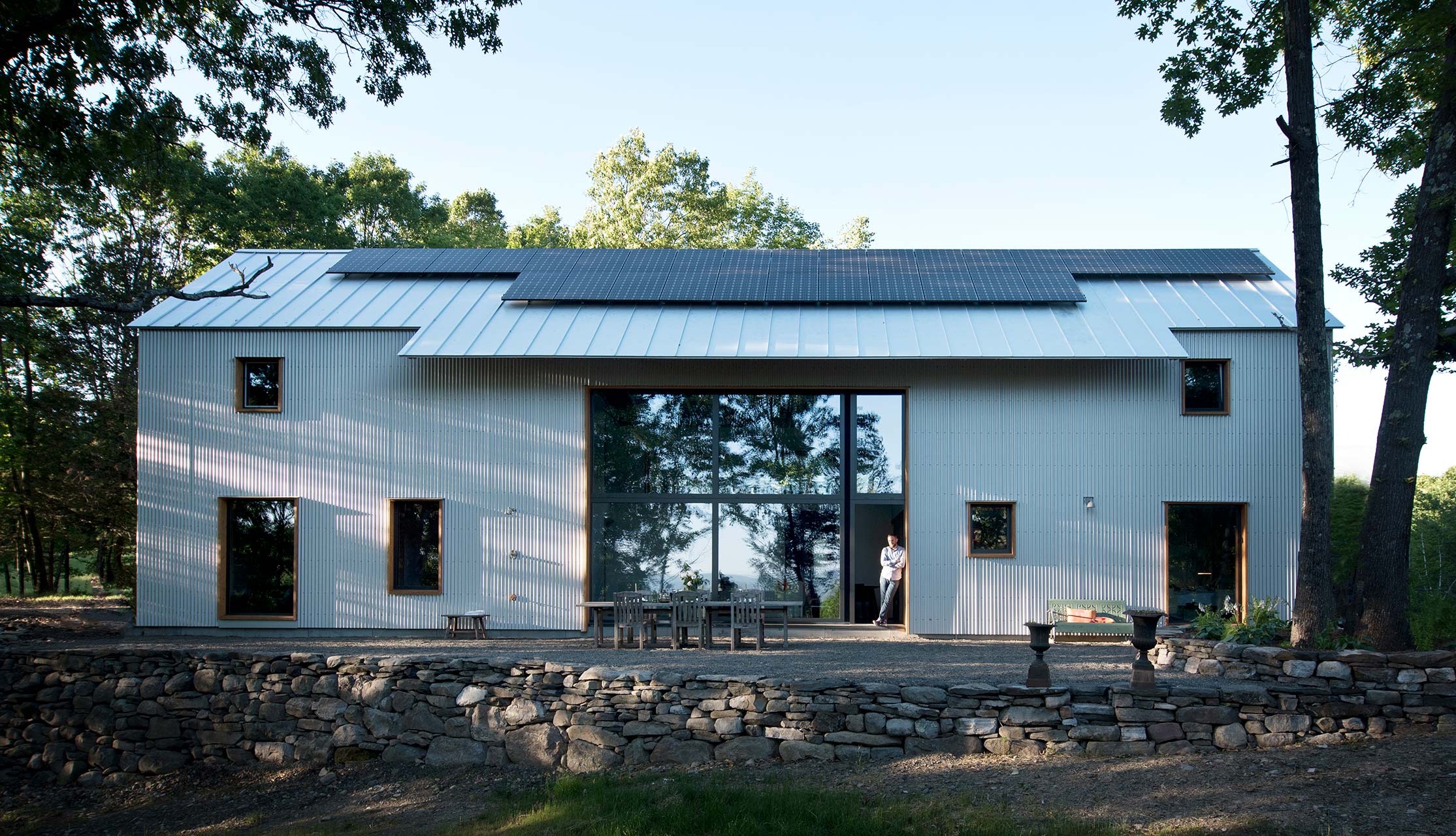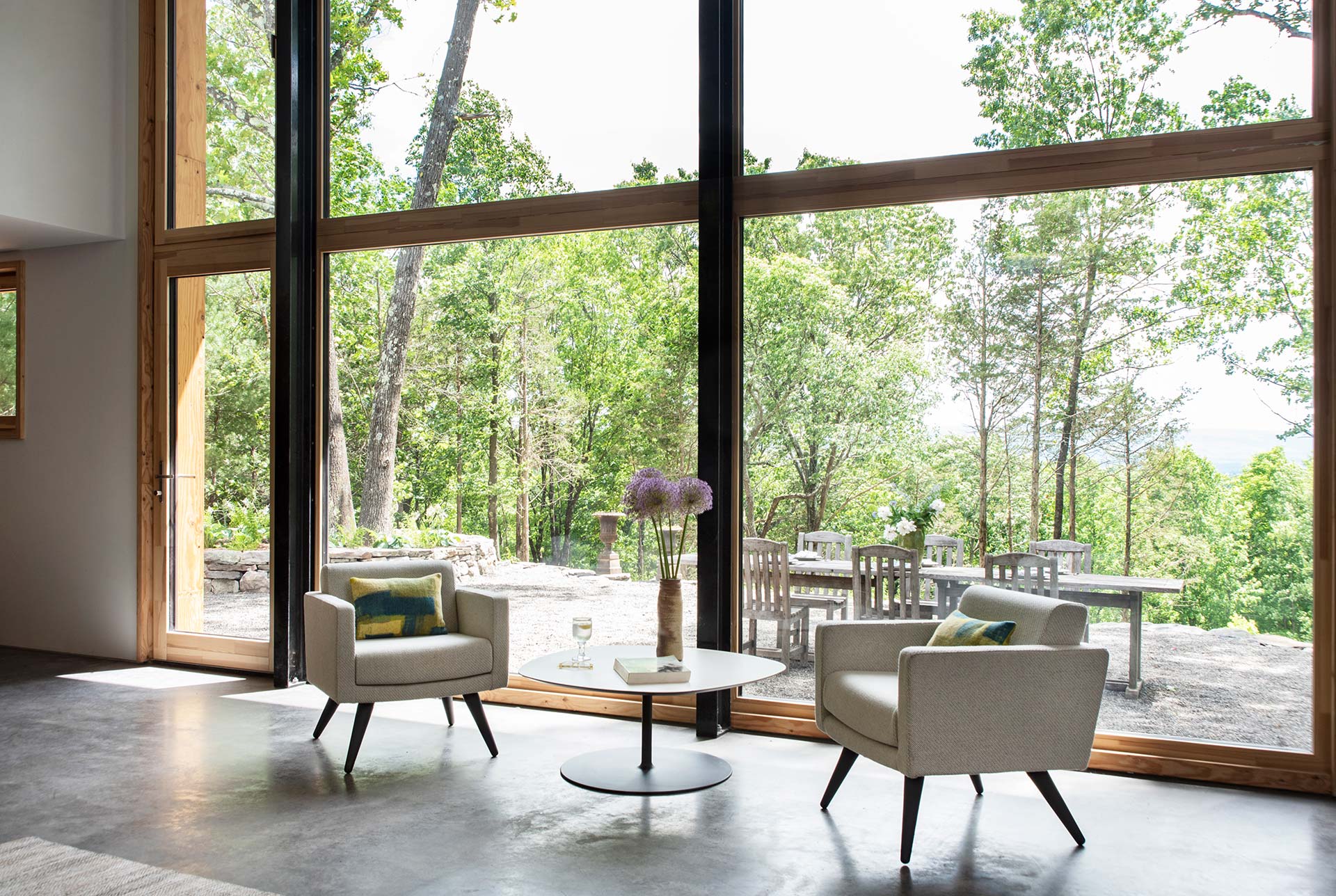PHA: Being on the West Coast, which has experienced some pretty smoky summers because of wildfires, are more customers expressing an interest in Passive House because they want a more airtight home with better indoor air quality?
Anderson: I think it's a big draw. I also think it's interesting when people ask me, “Why would I do Passive House?” Well, with Passive House, you don't have a lot to look at, right? It's not like a LEED building where you can go in and you see all these cool gizmos. You might be able to show them your awesome HVAC system in a Passive House or your climate control stuff, but everything else is hidden in the walls. It's hidden in the details. You don't get to see anything, so comfort is the primary driver. I mean, nobody wants to be breathing in crappy air. Nobody wants to feel drafty and cold in their house—or too hot. I think it’s the better indoor air quality, as well as a general sense of just wanting a healthier place to live and work in.
PHA: Where do you see high-performance building going in the next five or ten years?
Evan: I think the demand for better buildings will increase, and I think that stems from beating the drum of energy efficiency, sustainability, and how poorly the built environment has been designed up until fairly recently. That has increased awareness. I also think regulatory pressure will continue to grow. Building codes and energy efficiency standards are going to be more stringent, requiring better performing buildings and components—windows included.
But I think the big change is going to be the increase in the number of retrofits, especially in places like New York City. There are all those buildings, and they have to be brought up to something resembling efficiency. We're going to have to play catch up in all those older structures, so high-performance retrofits is going to be huge. Luckily, there are some really strong incentives available. The cost of doing these retrofits is becoming more attractive as well, so why not do it?









